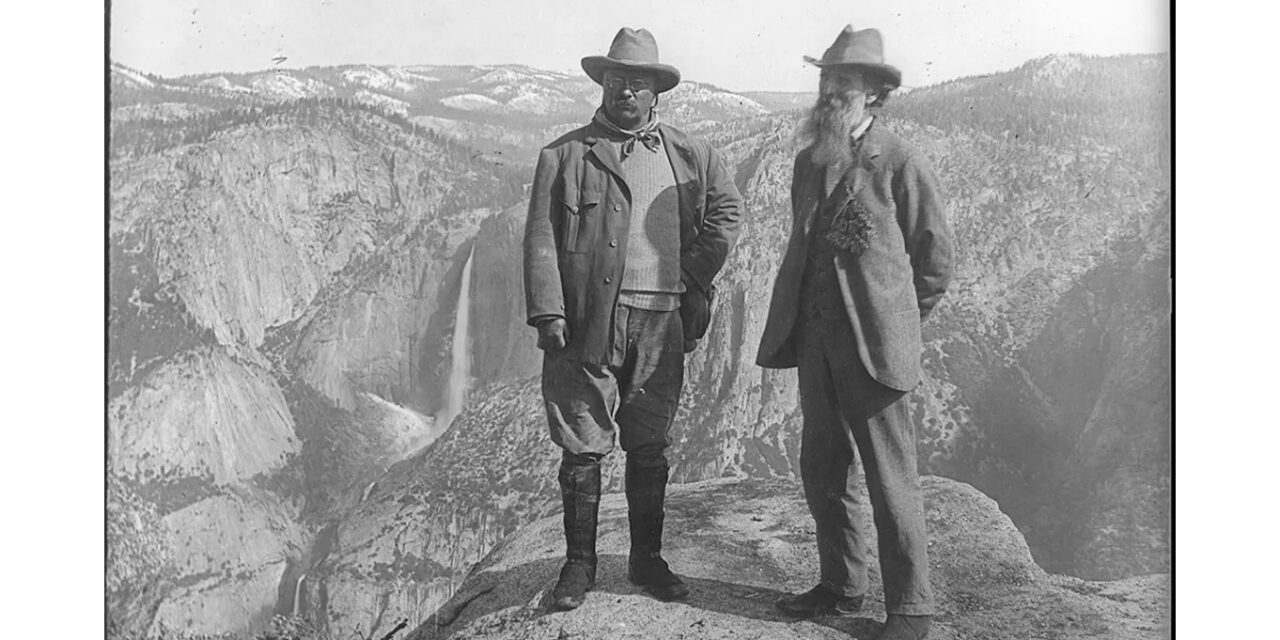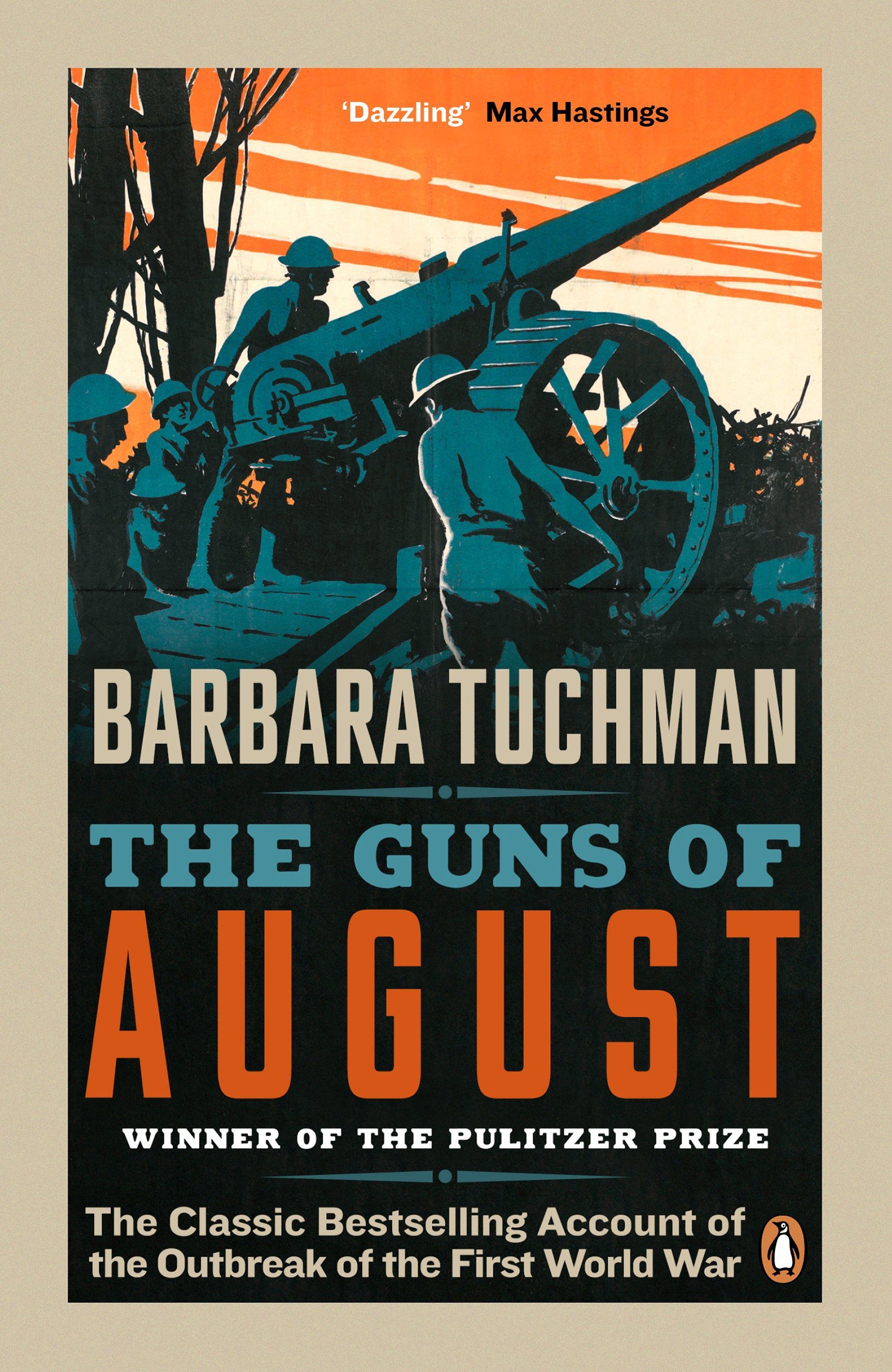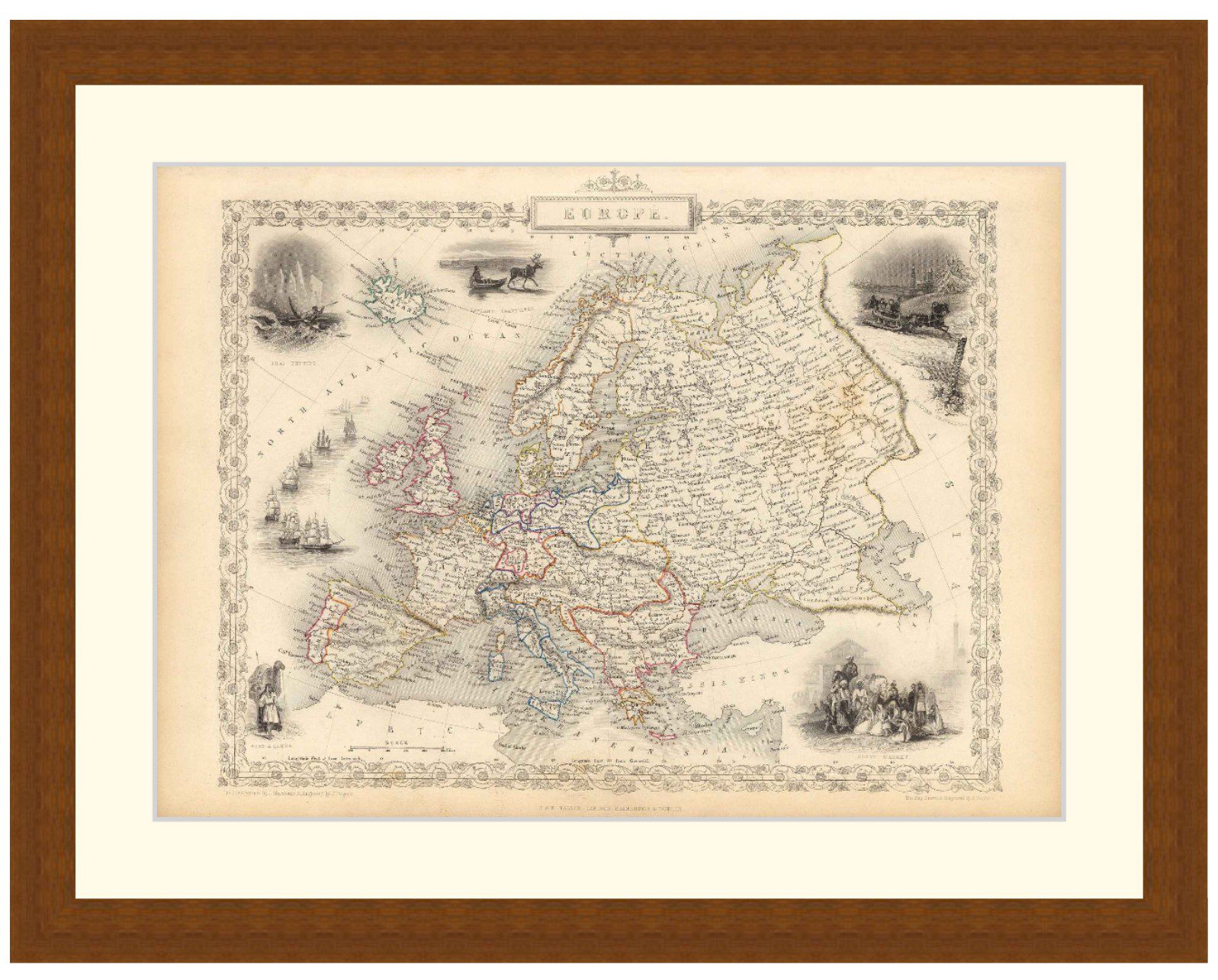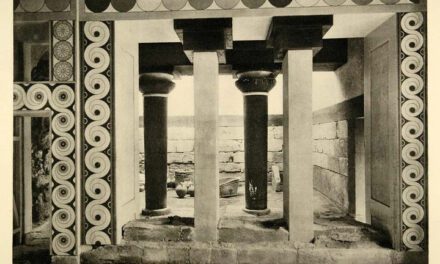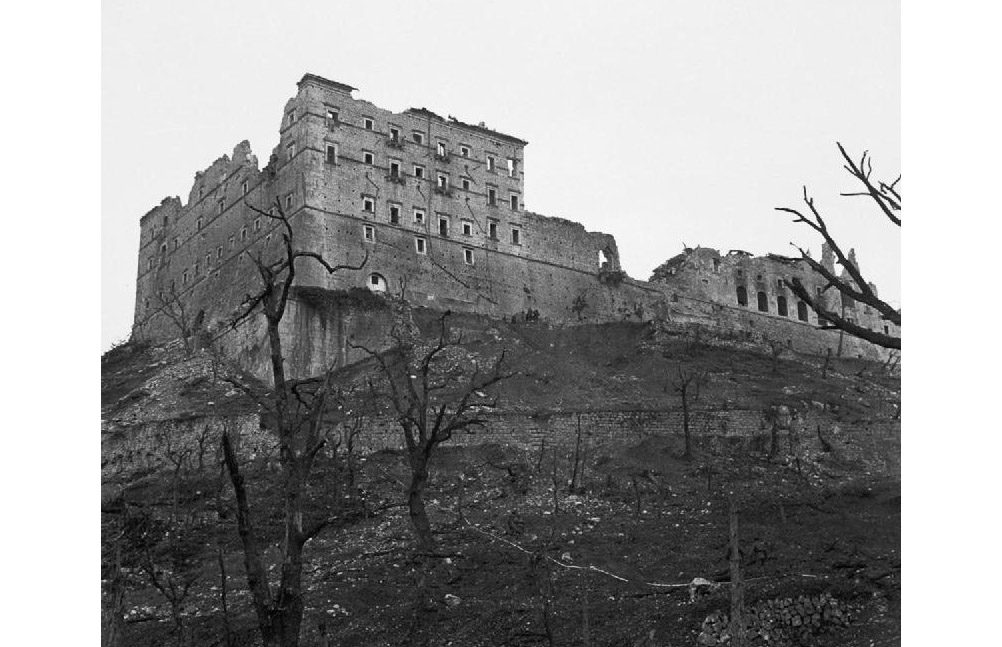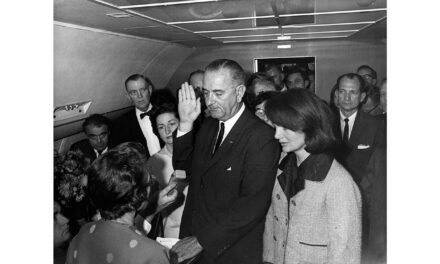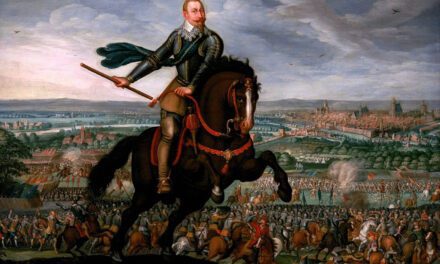History Guild General History Quiz 213
See how your history knowledge stacks up!
Want to know more about any of the questions? Scroll down to learn more!
Have an idea for a question? Suggest it here and we’ll include it in a future quiz!
The stories behind the questions
1. What was the relationship between Theodore Roosevelt and Franklin D. Roosevelt?
Distant cousins – Claes Maartenszen van Rosenvelt was the original immigrant ancestor of the Roosevelt family, arriving in New Amsterdam, now New York City, in the 1640s. The family diverged, the two Presidents came from different branches and were fifth cousins.
2. Soldiers from which country invented the self firing ‘drip rifle’ in 1915?
Australia – First used in the withdrawal from Gallipoli in order to deceive the Ottoman forces, it helped ensure the success of the evacuation.
3. Which of these islands did Christopher Columbus visit in 1504?
Jamaica – During his fourth voyage his ships sustained damage in a storm off the coast of Cuba. Unable to travel any further, the ships were beached in St. Ann’s Bay, Jamaica. Some of the officers of the expedition paddled a canoe to Hispaniola to raise the alarm. Eventually a caravel was sent from Hispaniola to collect the men of Columbus’ expedition.
4. Which of these buildings was completed most recently?
Taj Mahal – 1653
Notre-Dame Cathedral – 1182
Krak des Chevaliers – 1031
Great Sphinx of Giza – c2550 BCE
5. How many treaties were signed in order to end WW1?
6 – Separate peace treaties were concluded between many of the powers involved in the conflict. These were:
- The Treaty of Brest-Litovsk was a peace treaty signed on March 3rd, 1918, between the new Bolshevik government of Soviet Russia and the Central Powers (Germany, Austria-Hungary, Bulgaria, and the Ottoman Empire), that ended Russia’s participation in World War I. This saw Russia lose lands occupied by 34% of the former empire’s population.
- The Treaty of Versailles between Germany and the Allied powers saw Germany lose only 10% of its pre war territory.Much of this territory, such as the contentious Alsace-Lorraine region on the French border, had actually been annexed from France to Germany only 40 years prior in 1871.
- Forced upon Hungary, the Treaty of Trianon resulted in the dissolution of the Austro-Hungarian Empire and led to significant territorial losses for Hungary. Hungary lost about 72% of its pre-war territory, including areas with significant Hungarian populations such as Transylvania, Slovakia, and Croatia.
- Signed between the Allies and the Ottoman Empire, the Treaty of Sèvres led to the disintegration of Ottoman territory and the emergence of modern-day Turkey. The treaty imposed severe territorial losses on the Ottoman Empire, including the surrender of territories in Asia Minor, Mesopotamia, and the Arabian Peninsula, as well as heavy reparations.
- Imposed on Austria, the Treaty of Saint-Germain-en-Laye broke up the Austro-Hungarian Empire and imposed significant territorial and economic burdens on Austria. Austria lost substantial territories to neighboring countries, and faced restrictions on its military capabilities, along with war reparations.
- Forced upon Bulgaria, the Treaty of Neuilly-sur-Seine resulted in territorial losses, reparations, and military restrictions that severely impacted Bulgaria’s economy and territorial integrity.
6. What effect did the 1660 Indemnity and Oblivion Act have?
Pardoning those who fought against the Crown during the English Civil War – In the 1660 Indemnity and Oblivion Act, Charles II pardoned most people that had committed crimes during the civil wars and the Commonwealth period. However, those men involved in the killing of Charles I were not included in this pardon, and instead were to be hunted down and tried for treason.
7. Which philosopher pronounced ‘God is dead’ in 1882?
Friedrich Nietzsche – One of his best-known remarks, Nietzsche rejected traditional Christian morality and theology, while also rejecting the nihilism which many thought was the only alternative to it.
8. When was the African National Congress (ANC) formed?
1912 – Formed as a way to bring Africans together as one people to defend their rights and freedoms. The successful increase of awareness brought to the plight of Indians in South Africa under the leadership of Mahatma Gandhi inspired black South Africans to resist the racism and inequality that they and other non-whites were experiencing under apartheid.
In 1949, the ANC saw a jump in membership, which had previously lingered around 5,000, and began to establish a firm presence in South African national society.
9. Which conflict/s did Field Marshal Montgomery serve in?
Both WW1 and WW2 – A junior officer in WW1, he was awarded the Distinguished Service Order (DSO) for ‘Gallant leading’ during a bayonet attack on German trenches in 1914. He rose to command a division in France in 1940, before gaining fame for his success leading the British 8th Army in North Africa.
10. Which was the first country to form an independent Air Force?
UK – On 1st April 1918 the Royal Air Force was formed from The Royal Flying Corps and The Royal Naval Air Service.

